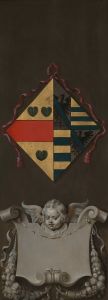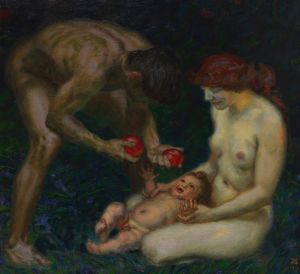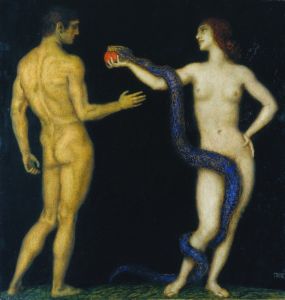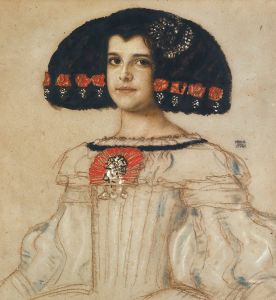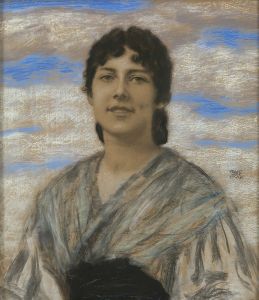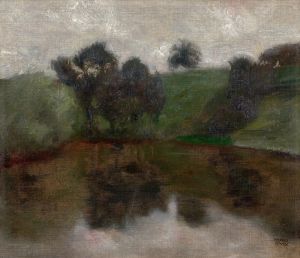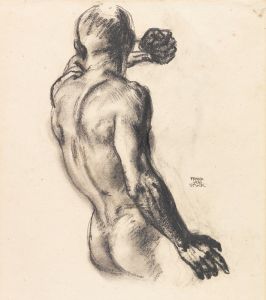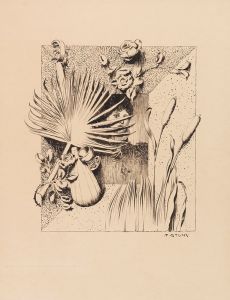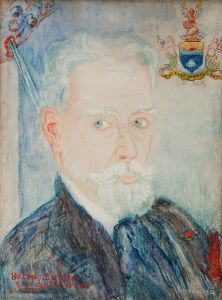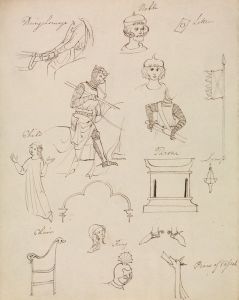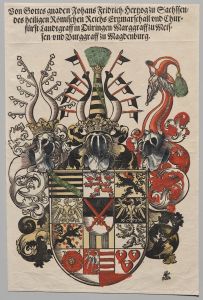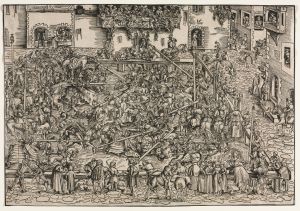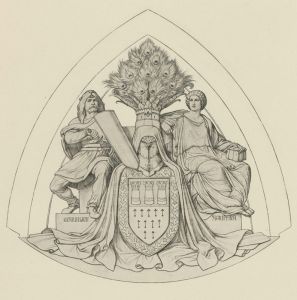
Entwurf zum Wappen von Franz von Stuck
A hand-painted replica of Franz von Stuck’s masterpiece Entwurf zum Wappen von Franz von Stuck, meticulously crafted by professional artists to capture the true essence of the original. Each piece is created with museum-quality canvas and rare mineral pigments, carefully painted by experienced artists with delicate brushstrokes and rich, layered colors to perfectly recreate the texture of the original artwork. Unlike machine-printed reproductions, this hand-painted version brings the painting to life, infused with the artist’s emotions and skill in every stroke. Whether for personal collection or home decoration, it instantly elevates the artistic atmosphere of any space.
"Entwurf zum Wappen von Franz von Stuck" is a painting by the German artist Franz von Stuck, who was a prominent figure in the Symbolist movement and a founding member of the Munich Secession. Born on February 23, 1863, in Tettenweis, Bavaria, Stuck was known for his distinctive style that often combined mythological themes with a modern aesthetic.
The title "Entwurf zum Wappen" translates to "Design for a Coat of Arms," indicating that the painting is a conceptual or preparatory work for a heraldic emblem. Franz von Stuck was not only a painter but also a sculptor, architect, and designer, which explains his interest in creating a coat of arms. His multifaceted talents allowed him to explore various forms of artistic expression, and this work is an example of his versatility.
Franz von Stuck's works are characterized by their dramatic use of light and shadow, as well as their intricate detail and symbolic content. His interest in mythology and allegory is evident in many of his paintings, and "Entwurf zum Wappen" likely reflects these themes. Although specific details about the painting's composition and symbolism are not widely documented, it can be inferred that the work embodies Stuck's fascination with classical motifs and his skill in blending traditional and modern elements.
Stuck's influence extended beyond his own creations; he was also a respected teacher at the Academy of Fine Arts in Munich, where he mentored several notable artists, including Wassily Kandinsky and Paul Klee. His impact on the art world during the late 19th and early 20th centuries was significant, and his contributions to the Munich Secession helped shape the direction of modern art in Germany.
The Munich Secession, founded in 1892, was a group of artists who sought to break away from the conservative art establishment and promote more progressive and innovative approaches to art. Stuck's involvement in this movement underscores his commitment to artistic evolution and his desire to challenge traditional norms.
"Entwurf zum Wappen von Franz von Stuck" is a testament to Stuck's creative vision and his ability to transcend conventional boundaries. While the painting itself may not be as widely recognized as some of his other works, it remains an important piece within his oeuvre, reflecting his diverse talents and his contribution to the Symbolist movement.
Franz von Stuck continued to create and influence the art world until his death on August 30, 1928. His legacy endures through his paintings, sculptures, and architectural designs, as well as through the many artists he inspired. "Entwurf zum Wappen" is a small but significant part of this legacy, offering insight into the mind of an artist who was constantly exploring and redefining the boundaries of his craft.





